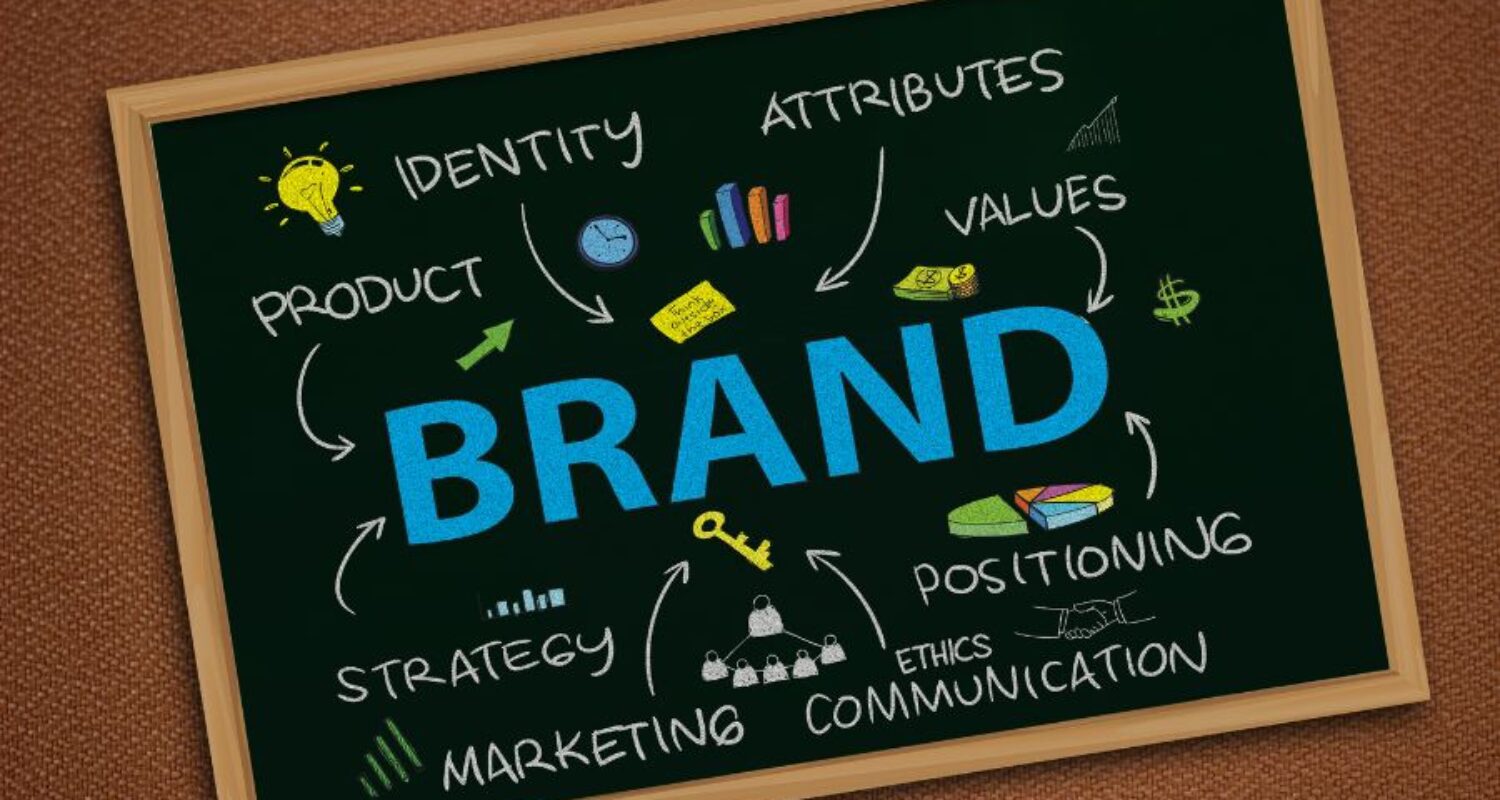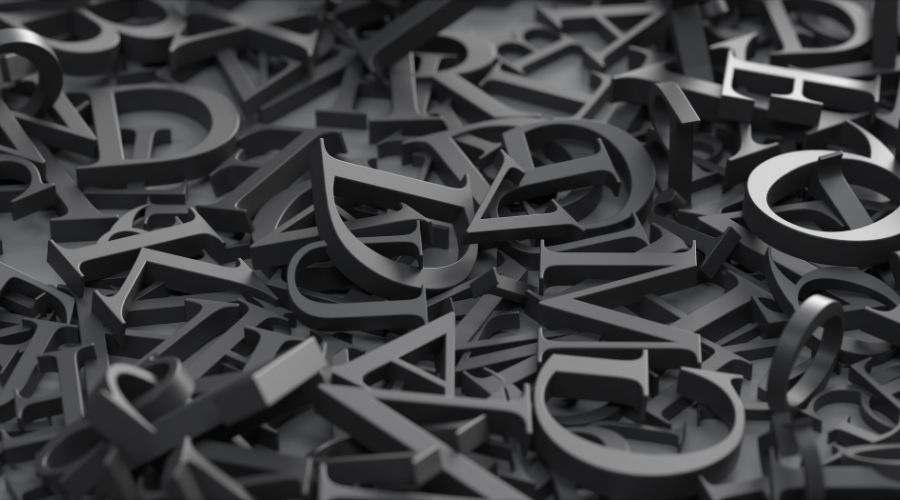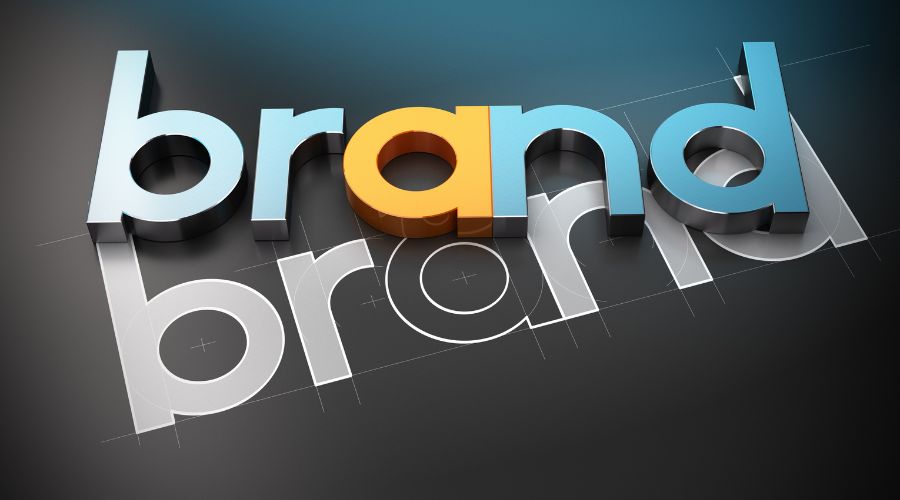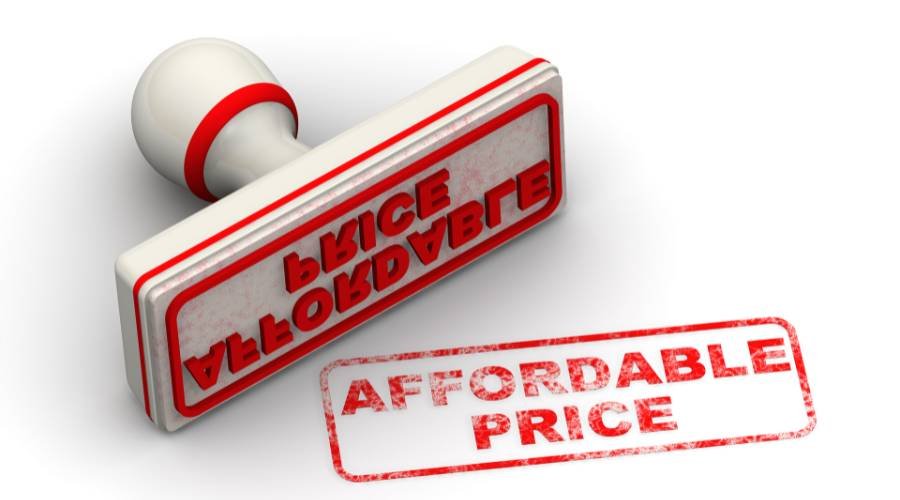Did you know that 75% of consumers judge a business by its website design? Also, 72% say packaging design influences their buying decisions. Choosing the perfect brand fonts is crucial for any business.
When picking fonts for your brand, it’s as important as choosing your brand colors. The right fonts can make your brand stand out. They help create a memorable brand experience and show your brand’s personality.
Key Takeaways
- Fonts play a vital role in website and packaging design, impacting how consumers perceive and judge a business.
- Selecting the perfect brand fonts is essential for building a strong visual identity and communicating your brand’s personality.
- The typography you choose can help establish a cohesive and memorable brand experience across various touchpoints.
- Investing time in understanding font personalities and how they can evoke different emotions is crucial for choosing the right typeface for your brand.
- Consistency in brand font usage is key to strengthening brand recognition and reinforcing your brand’s identity.
Importance of Brand Fonts
In today’s digital world, fonts are key to brand identity. Brand fonts help shape how people see and interact with a brand. They are vital for making a brand stand out.
Consistency Strengthens Brand Recognition
Using the same fonts everywhere is crucial. This means using them on your website, marketing, product packaging, and social media. It makes your brand look cohesive and easy to remember.
Using the same fonts also shows your brand is reliable and trustworthy. It builds trust and loyalty with your customers. This is important for keeping them coming back.
“Typography plays a crucial role in conveying the values and tone of a brand. Different typefaces can set various tones and moods, influencing how a brand is perceived.”
Typography can make people feel certain ways. It can change how they see a brand. So, choosing the right fonts is key to showing your brand’s true self.
Understanding Font Personalities
The fonts we choose for our brand can greatly affect how people see and connect with our message. Each typeface has its unique personality. Knowing these personalities helps us pick the right fonts to truly represent our brand.
Serif vs. Sans-Serif
Serif fonts, like those used by Dior and The New York Times, are often seen as traditional and classy. They show trust and respect, perfect for established brands wanting to look sophisticated. Sans-serif fonts, used by Chanel and Google, are clean and modern. They suggest honesty and simplicity.
High Contrast vs. Low Contrast
High-contrast fonts, seen in Hulu and Facebook, suggest sophistication and exclusivity. They appeal to those who value intelligence and progress. Low-contrast fonts, found in brands like Shutterfly, show sturdiness and trustworthiness. They’re great for brands wanting to seem reliable and friendly.
Vertical Stress vs. Diagonal Stress
Typefaces with vertical stress, like Disney’s, feel modern and rigid. Those with diagonal stress, like Instagram’s, are warm and human-centric. They inspire emotional connections with the brand.
| Font Personality | Example Brands | Brand Associations |
|---|---|---|
| Serif | Dior, Gap, The New York Times | Tradition, culture, class, trust, respect |
| Sans-Serif | Chanel, LinkedIn, Google | Clean, modern, honesty, simplicity |
| High Contrast | Hulu, Facebook, Shutterfly | Sophistication, exclusivity, Intelligence |
| Low Contrast | – | Sturdiness, trustworthiness, approachability |
| Vertical Stress | Disney, McDonald’s, Lego | Modern, rigid |
| Diagonal Stress | Instagram, Cadillac, Coca-Cola | Warm, human-centric, emotional |
Types of Brand Fonts
Choosing the right fonts is key for a brand’s image. We’ll look at six main font types: serif, sans serif, slab serif, script, decorative, and handwritten. Each has its own role in building a brand’s visual identity.
Serif Fonts
Serif fonts have special strokes at the end of letters. They suggest tradition, professionalism, and trust. Fonts like Times New Roman and Baskerville are great for businesses wanting a classic, formal look.
Sans Serif Fonts
Sans serif fonts, like Arial and Helvetica, are clean and simple. They’re modern and efficient, perfect for brands wanting to look sleek and contemporary.
Slab Serif Fonts
Slab serif fonts are bold and dependable. They show confidence and creativity. Fonts like Rockwell and Clarendon are good for brands that need to look strong and reliable.
Script Fonts
Script fonts are elegant and flowing. They suggest creativity and luxury. Fonts like Alex Brush and Dancing Script are great for brands wanting to show sophistication and artistry.
Decorative Fonts
Decorative fonts are bold and eye-catching. They can evoke strong emotions. Fonts like Neon World and Boldoy are perfect for brands that want to stand out and show their personality.
Handwritten Fonts
Handwritten fonts feel natural and friendly. They help brands seem authentic and approachable. Fonts like Permanent Marker and Patrick Hand are good for brands wanting a personal touch.
Knowing the unique qualities of each font type helps brands choose the right one. This ensures their message is clear and resonates with their audience.
Typography for Branding
Your brand fonts should show your brand’s unique identity, just like your logo and colors. Being consistent is key to building brand recognition and trust. A good brand font is unique, easy to read, and fits well with your brand.
Typography greatly affects how people see and remember your brand. Fonts can make people feel certain ways and influence their choices about your brand. Picking the right typography is vital for showing your brand’s personality and connecting with your audience.
Choosing the right font can make your brand seem trustworthy and recognizable. Our research shows that 93% of consumers look at how a brand looks before buying. Also, brand recognition goes up by 80% when your typography is consistent across all materials.
To make sure your brand’s typography gets your message across, follow these tips:
- Serif Fonts are great for businesses wanting to look elegant and dependable.
- Sans Serif Fonts are clear and simple, showing a modern and polished look.
- Slab Serif Fonts are bold and show confidence and creativity with thick lines.
- Script Fonts are elegant and show inventiveness and independence with their cursive look.
- Decorative Fonts are fun and show individuality, fitting well in many areas.
It’s important to work with a professional brand identity designer. They know how crucial typography is for showing your brand’s personality and meaning.
Free vs. Paid Fonts
Choosing between free and paid fonts for your brand can be hard. Free fonts might seem appealing if you’re on a tight budget. But, it’s important to think about the pros and cons to make the right choice for your brand’s look.
Free fonts, like those from Google Fonts, can be a good starting point. Fonts like Open Sans are used on millions of websites. Yet, free fonts often lack the quality and features of paid fonts. They might not have as many styles, language support, or professional design.
Paid fonts, made by skilled typographers, offer better quality and flexibility. They come with various weights, true italics, and small caps. This helps create a strong and appealing brand identity. Plus, paid fonts are often unique, making your brand stand out.
In the end, your choice should depend on your brand’s needs, budget, and goals. While free fonts are an option, investing in a high-quality font family can improve your design, readability, and brand appeal.
Famous Brand Fonts
In branding, the right font is key. Many top companies have made their fonts to save money and stand out. These fonts help them look consistent and unique everywhere they appear.
Google made Google Sans, YouTube uses YouTube Sans, and Netflix has Netflix Sans. Samsung even created SamsungOne. These fonts make their brands look better and more recognizable.
| Brand | Custom Font | Font Characteristics |
|---|---|---|
| Apple | Helvetica | Elegance, practicality, and simplicity |
| FedEx | Futura | Dependability, accuracy, and speed |
| Spotify | Gotham | Approachable and user-friendly |
| Adobe | Myriad Pro | Innovation and creativity in the digital realm |
| Tiffany & Co. | Garamond | Elegance, refinement, and classic beauty |
These custom fonts make these brands look better and more unique. By making their fonts, companies can keep their brand look consistent everywhere. This includes everything from ads to product designs.
Font Pairing Guidelines
Font pairing is key to creating a design that grabs attention. It helps us build a brand identity that speaks to our audience. The goal is to balance contrast and consistency in our choices.
It’s best to mix serif and sans-serif fonts for a striking contrast. This mix adds interest and helps organize the design. It makes it easier for readers to follow the content.
When picking fonts, think about contrast, stress, and x-height. Different weights and styles can make a design pop. This attention to detail ensures our font pairings and font combinations work well together, engaging our audience.
Looking at historical pairings or fonts from the same designer can inspire us. These combinations often have a timeless appeal that boosts our brand’s look.
Font pairing is an art that needs a keen eye and a deep understanding of typography. By following these guidelines and embracing contrast and consistency, we can create designs that impress our audience.
Brand Font Best Practices
Creating a strong brand identity is key for any business. The choice of fonts is crucial in this process. Brand font best practices emphasize the importance of font consistency. Using the same fonts everywhere helps build recognition and strengthens your brand.
Another key aspect is font accessibility. Choose fonts that are easy to read on different devices and platforms. This ensures your message reaches everyone, no matter their visual needs or preferences.
It’s also important to pick fonts that grow with your brand. As your business expands, your fonts should fit with new designs and platforms. This keeps your brand’s look consistent and strong.
Lastly, make sure you have the right to use your brand fonts. Get the proper licensing to avoid legal issues. This protects your brand’s visual identity.
Following these brand font best practices helps create a memorable visual identity. It connects with your audience and boosts your brand’s market position.
Conclusion
Choosing the right brand fonts is key to a strong visual identity. Fonts can make us feel certain ways and show what a brand is about. By picking fonts that match their brand, companies can connect better with their audience.
Fonts can range from classic serif fonts that look professional to modern sans-serif fonts that feel fresh and new. The right font can change how people see and interact with a brand. Keeping the same font look across all platforms helps build trust and recognition.
In today’s competitive world, using brand fonts wisely is more important than ever. By focusing on clear fonts, matching fonts well, and following best practices, businesses can make their brand identity stand out. Mastering typography for branding can set a company apart in a crowded market.
FAQ
Why is choosing the right brand fonts important?
Picking the right brand fonts is as crucial as picking colors. They help organize your content and create a cohesive look. Fonts greatly impact how people see and interact with your brand, especially on websites and packaging.
How does font consistency strengthen brand recognition?
Using the same fonts everywhere makes your brand more recognizable. It gives a consistent feel to every interaction. This builds trust and makes your brand easier to spot over time.
How do different font personalities affect perception?
The details of a font can change how we see text. Serif fonts seem elegant and trustworthy. Sans-serif fonts look modern and clean.
Fonts with high contrast feel sophisticated. Those with low contrast seem sturdy and reliable. Fonts with diagonal stress feel warm and human, while vertical stress fonts feel modern and strict.
What are the main types of brand fonts?
There are six main font types for brands: Serif, Sans Serif, Slab Serif, Script, Decorative, and Handwritten. Each type has its personality and can show different brand traits.
How do custom brand fonts help companies?
Many big companies create their fonts to save on costs and stand out. Custom fonts help them keep their brand look consistent across all platforms and products.
What are some best practices for choosing and using brand fonts?
To make your brand fonts work well, keep them consistent everywhere. Choose fonts that are easy to read and can grow with your brand. Make sure you have the right license for them.
Being consistent helps build a strong brand. But fonts should also be accessible and flexible for a smooth user experience.






